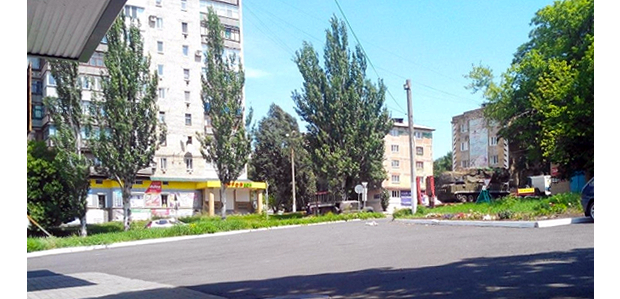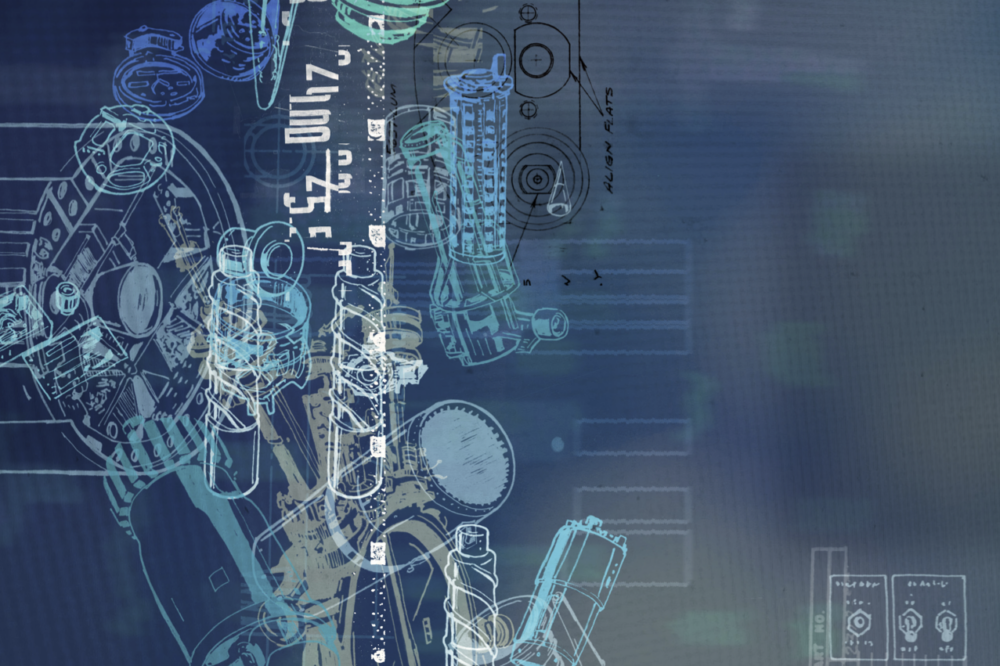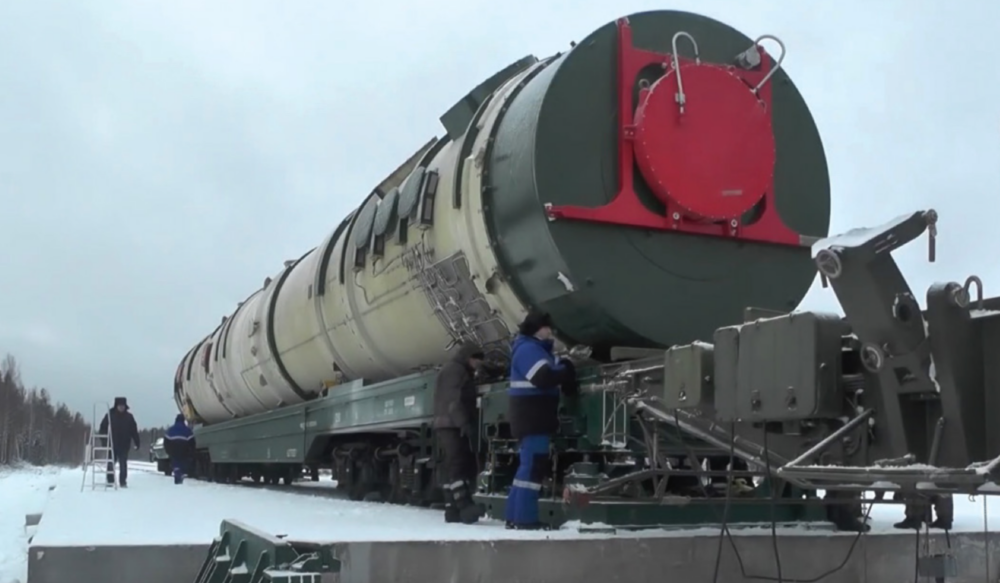
Jeffrey Lewis
Director of the East Asia Nonproliferation Program, The James Martin Center for Nonproliferation Studies
How did social media help us solve the Matiran mystery?
As the story about vacation photographs shows, people live their lives online. It would be possible to write Grandma a letter or learn to use a vintage Leica camera, but over time the internet has become integrated into our day-to-day life.
People today post amounts of data about themselves online that would have shocked their parents. Or, in my case, does shock my parents – who have no interest in getting on “The Facebook.” But over time, people have become increasingly comfortable with communication through social media sites like Facebook, Twitter, Instagram, Pinterest, and YouTube. Even in countries like China, where these sites are blocked, at least formally, there are local alternatives like Weibo and Youkou.
These sites have huge amounts of data that can be used. Our colleagues at Bellingcat, for example, have made extensive use of social media to demonstrate that pro-Russian separatists, with Russian government support, were responsible for the shoot-down of a Malaysia Airlines flight over Ukraine. The separatists initially claimed responsibility on social media, and many images of the Buk missile system used to shoot down the airliner were captured using cell phones and posted on social media.
At CNS, we were able to use social media to determine the location of China’s base for testing its missile defense interceptor. Chinese military units often host alumni reunions. They also post alumni videos on Chinese social media sites like Youkou. One such video allowed us to locate a never-before-identified missile testing facility where China conducts missile defense testing.
The video shows the unit at Korla, providing enough information to locate the main base, as well as the newly constructed facility for hit-to-kill testing. The video also includes details such as unit numbers, posters with technical information, and unit patches that demonstrate the facility is a General Armaments Department facility charged with developing space technologies.
(Bellingcat.com)Once the facility was located, we purchased commercial satellite images of the site on the day of a reported test to determine if such a test did occur. Commercial images showed vehicle traffic and snow removal from both the launch pad and instrumentation sites. Moreover, containers were placed in instrument sites, an obvious indicator that a test was conducted that day Commercial satellite imagery enables outside observers to determine the launch points of both the interceptor and the target missile. Such geographic information helps narrow speculation about both the nature of the target and the interceptor, adding significant information about the state of the development of the hit-to-kill program.
How did social media help us solve the Matiran mystery?
Obviously, finding someone who had actually visited the facility was a huge coup. But how did we know he was a real person? How could we know that he really was there on business?
In our case, we were able to confirm the identity and employment of the person who had posted the GPS trace showing that he had visited the Matiran facility. Our correspondent was very careful – while he offered his name and the approximate location of where he lived, he provided very little additional information.
But he had a modest social media presence. That presence contained an enormous amount of information about him – his employer, his hobbies and volunteerism, his actual address and his marital status. We even found a picture of him.
While we won’t violate his privacy and post that information, it was clear that he was a real person who worked in the industry making secure identification cards. His profile was completely consistent with the story he told about visiting the site and with Iran’s claim that the facility made secure identification documents, not enriched uranium.
Next read the Conclusion.
Your are currently on
Sign up for our newsletter to get the latest on nuclear and biological threats.
With the Center for Advanced Defense Studies, NTI demonstrates the viability of using publicly available information and machine learning to detect nuclear proliferation.
Progress on nuclear arms limitation and reduction is at risk, learn more and dismantle a nuclear weapon in augmented reality. (CNS)
The first detailed, exclusively open-source assessment of the five new nuclear weapon systems announced by Russian President Vladimir Putin in 2018


